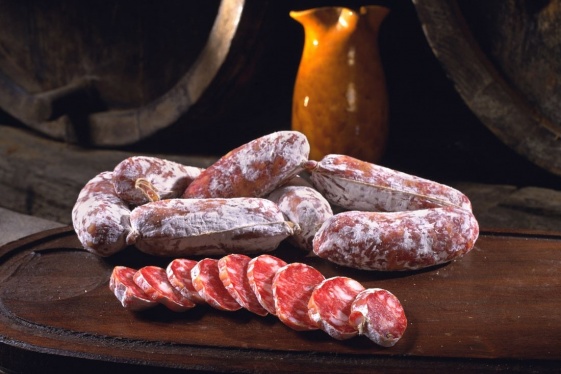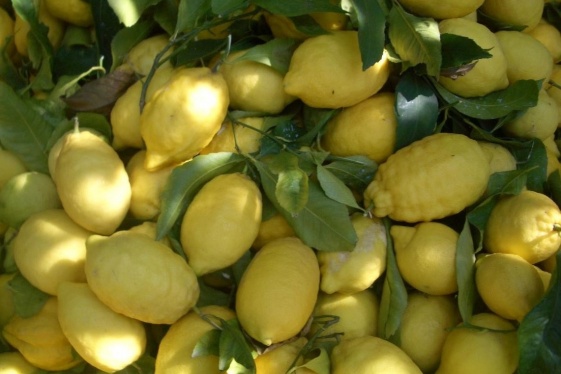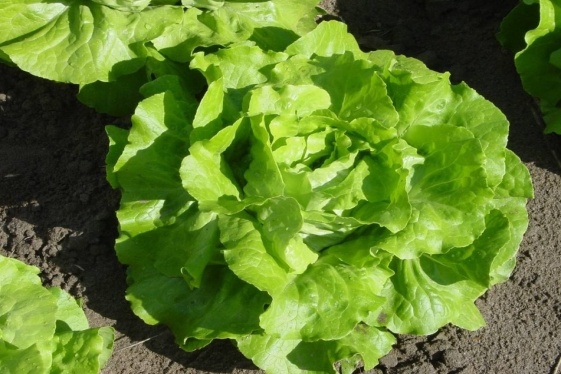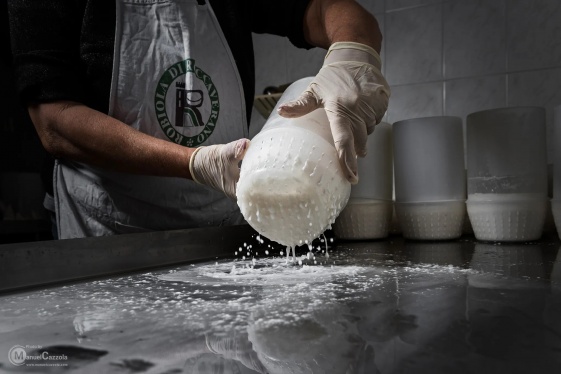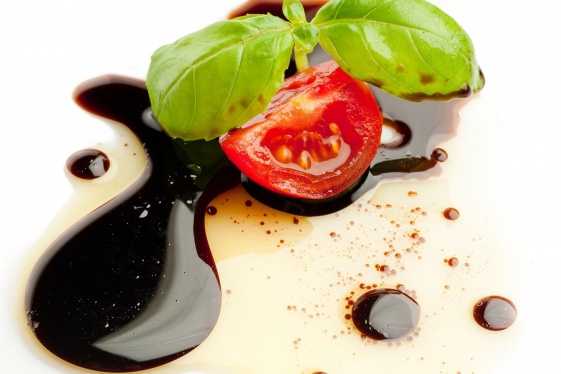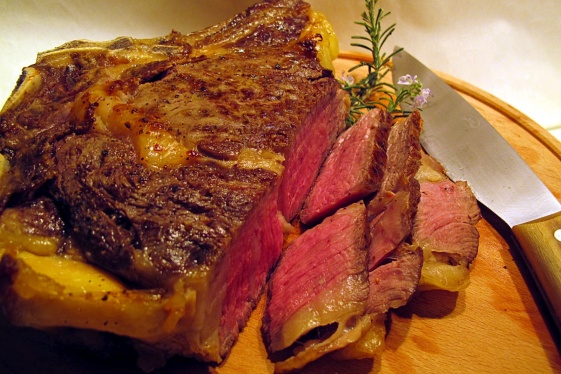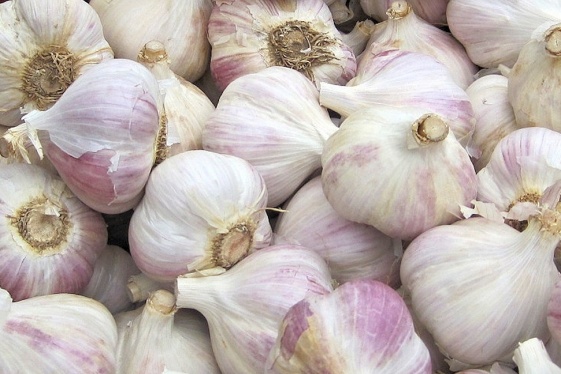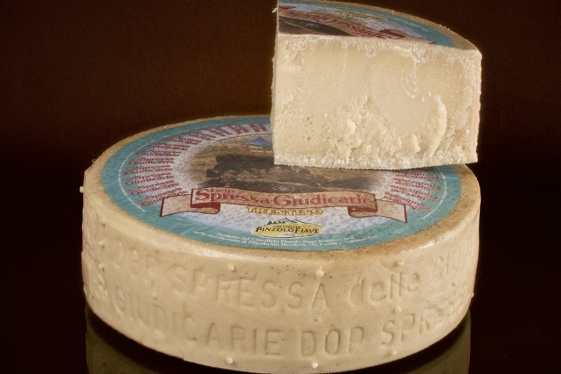Italian flavors: Cacciatora Salami
The name “Cacciatore” (hunter’s style) derives etymologically from its original use in the rations that hunters carried in their knapsacks during their trips. The history of the product developed hand in hand with the evolution of the rural culture typical of the regions of the production area, which provide the raw material that is processed accor...
READ MOREItalian flavors: Amalfi Coast Lemon
The Amalfi Coast represents a mirabile example of how the agricultural landscape can characterize a geographic area. The sweet degrading of the terraced gardens with lemon groves, the evocative contrast of colors between the green of the leaves and the blue of the sea, the penetrating scent of zagare (lemon blossoms), make the Amalfi Coast a unique...
READ MOREItalian flavors: Lusia Salad
The first documents that speak of horticulture in the Lusia area are several handwritten notebooks dated 1930. The term “insalata” is used, which at that time still meant either lettuce or endive. But, in 1933, the words “latuga” or “salata” appear meaning "Cappuccia lettuce”. The post-war period, characterized by destruction and famine, provided a...
READ MOREItalian flavors: Robiola di Roccaverano
The origins of Robiola di Roccaverano date back to the Celtic-Ligurian period.Its name recalls the Latin term “robium”, referring to the reddish colour of the outer part of the cheese, and the name of the town of Roccaverano in Asti, where this product originated. A manuscript signed by the priest Pistone in 1899 relates the history of the parish o...
READ MOREItalian flavors: Modena Balsamic Vinegar
There have always been different types of vinegar made from grape must in Modena, which have developed in accordance with the history of various recipes, different methods of preparation and aging. The origin of these products dates back to ancient Roman traditions. The term balsamic is relatively young, however, and was used for the first time in...
READ MOREItalian flavors: Bella della Daunia Oil
“Bella di Cerignola” olives have been cultivated since time immemorial. Some believe that they come from the “Orchites” olives of the Romans, others believe they were introduced from Spain before 1400 AD. However, since there is no evidence of them among native Spanish varieties, they should be considered a native variety of Cerignola in ancient Da...
READ MOREItalian flavors: White Veal from the Central Apennines
The origins of the three different breeds of Vitellone Bianco dell'Appennino Centrale IGP (White Veal from the Central Apennines) are ancient and distinct. The Romagnola breed comes from the Caucasus region of the Ukraine and arrived in Italy with Agilulf’s Lombards in the fourth century A.D. However, it was the engineer Leopoldo Tosi, who created...
READ MOREItalian flavors: Polesano White Garlic
The presence of garlic in the Polesine area dates from the Romans who built reclamation works and created agricultural land by greatly modifying the hydrogeology of the area. Evidence of this comes from the writings of Perretto and Marangano in the publication “La Centuriazione dell’Agro di Adria” in which the cultivation of garlic is described as...
READ MOREItalian flavors: Spressa delle Giudicarie Cheese
Spressa delle Giudicarie DOP (Protected Designation of Origin) is one of the oldest cheeses of the Alps and one of the most recent to receive DOP status within Italy. Definitive approval was only obtained on 26 January 2004, when it was entered the Register of Protected Designations of Origin, which protects its quality within Italy and Europe. Spr...
READ MOREItalian flavors: Parma Prosciutto
The air in the hills of Parma is fragrant: once the sea breeze from the Versilia coast has acquired the aroma of the pine trees, it is scoured by the karst Cisa mountains, losing all its saltiness, and finally wafts over scented chestnut groves. It is therefore a dry air, ideal for the curing process. An essential condition for obtaining Prosciutt...
READ MORE


